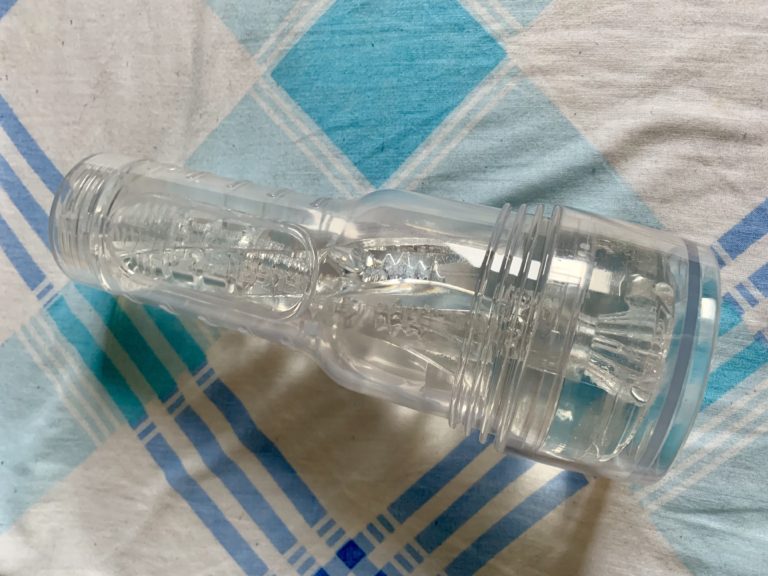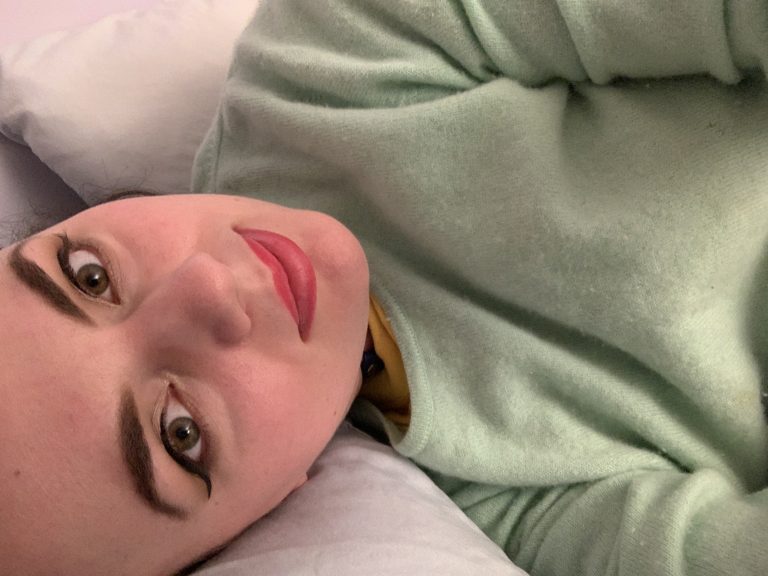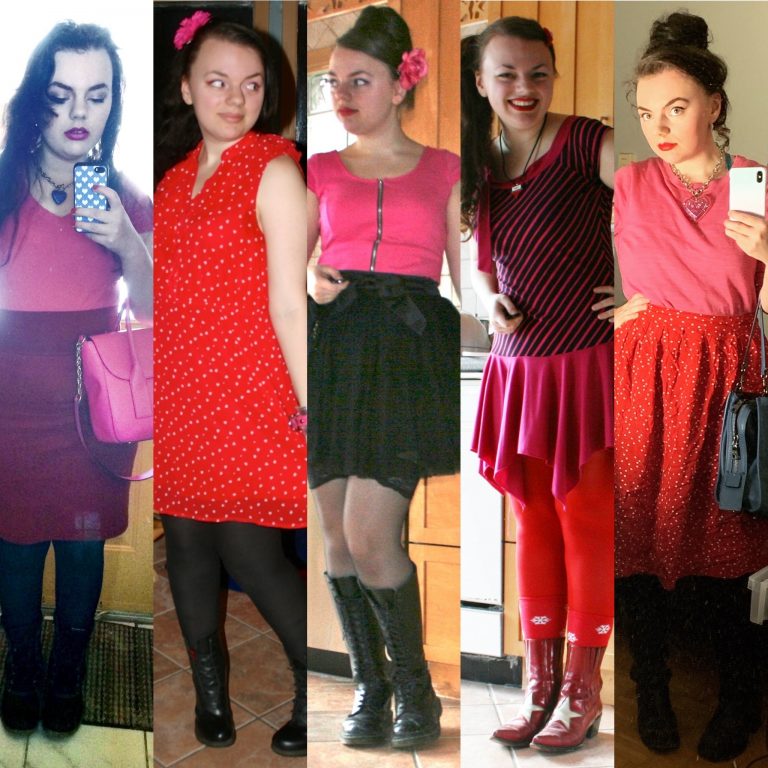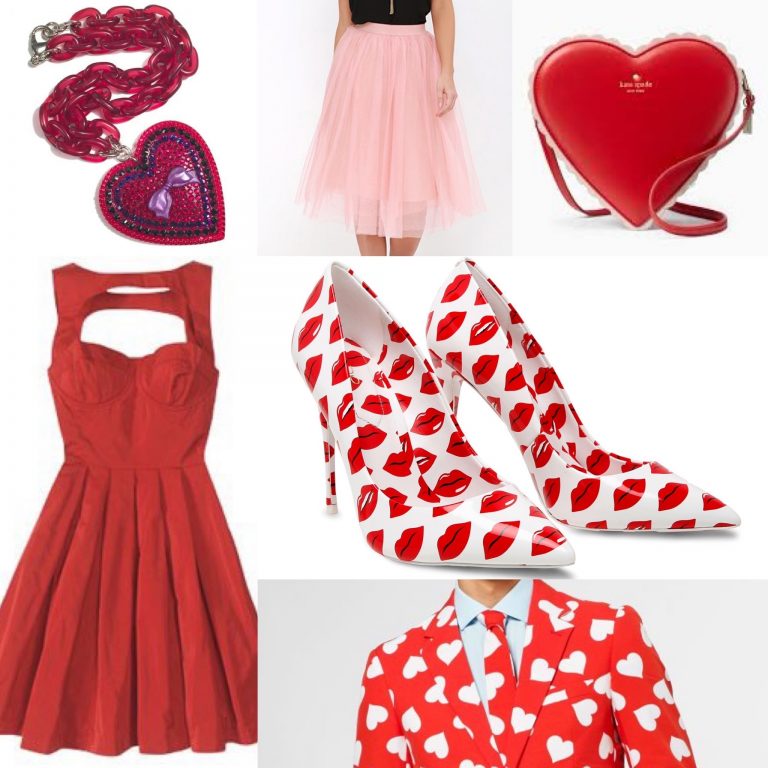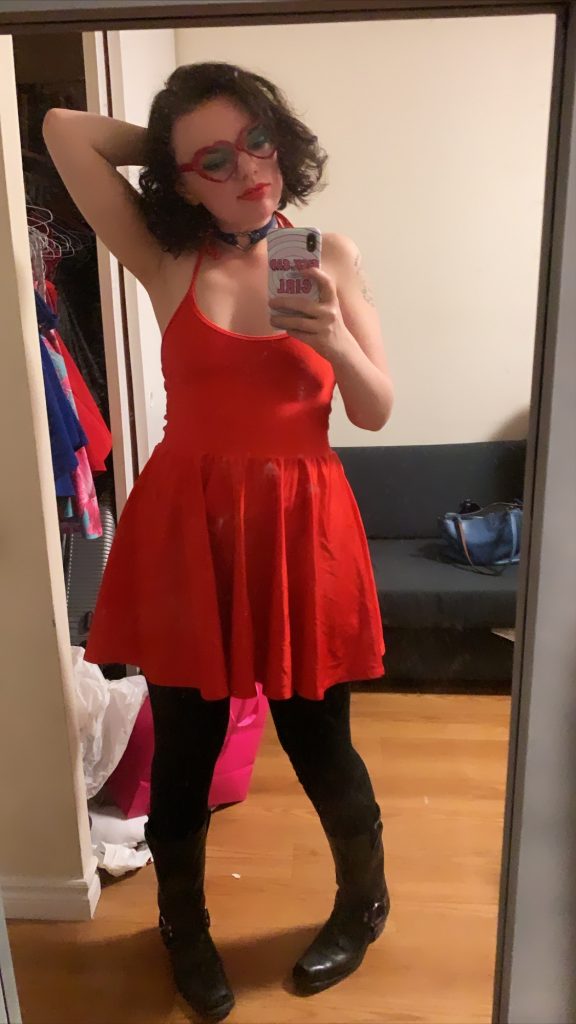 As I’ve said before, one of the (seemingly very few) silver linings of the current global pandemic is that those of us privileged enough to be able to stay home will now have more time for sex, pleasure, and exploration – at least, if our libidos manage to overcome the anxiety we’re all feeling!
As I’ve said before, one of the (seemingly very few) silver linings of the current global pandemic is that those of us privileged enough to be able to stay home will now have more time for sex, pleasure, and exploration – at least, if our libidos manage to overcome the anxiety we’re all feeling!
You could, for example, use this time to lean into any exhibitionistic impulses you’ve been harboring. Sometimes feeling desirable is the best cure for a low mood. Lucky for you, I’ve got some suggestions for ways to show off sexually without ever leaving your house!
Start with sexting. If you haven’t yet discovered the joys of adult live chat, now’s the time! When exchanging sexts with a sweetie, turn up the exhibitionism dial by sending them pictures that demonstrate just how much they’re turning you on (with consent, of course) or even just by describing how you’re touching yourself and how you look at that moment. This is a fairly low-pressure way to ease into exhibitionism if that’s a direction you’re interested in moving in.
Perform in front of a mirror. Your exhibitionism is just as valid if you’re the only voyeur! In fact, some people even prefer it that way. Set the mood however you like – sexy music, low lighting, incense, self-massage, and so on – and then go to town on yourself, either with toys or just with your hands. (I will add that now is an especially good time to put effort into sex toy hygiene! I know a popular male cam model who uses rubbing alcohol to keep his toys free of bacteria, but you don’t have to go that far – a thorough scrubdown with soap and water should be fine for nonporous toys, even if you plan to put them in your mouth.)
Put on a cam show. No, you don’t have to look like – or perform like – the best live webcam girls to put on a very sexy show! An intimate cam performance for one spectator, especially one you know well and are attracted to, often has quite a different vibe from the more well-known, professional variety. If you’re not sure what to do, ask your beau if they’d like to watch you get yourself off. Then you can stage a spectacle involving a drawn-out striptease, seductive self-touch all over your body, a thorough fucking with sex toys, or whatever else you please. And hey, if you end up loving the experience and want to start putting on shows for groups and/or strangers, there are lots of places online to do that!
Send someone audio of your orgasm. The way you sound while you’re coming is probably super hot, even if you personally don’t think so! Use the voice memo function on your phone – or, if you’re fancy, a proper microphone and recording software – to record yourself getting off, and then send out the audio to any sweetheart or crush who enthusiastically consents to hear it. This can be a fun follow-up to an earlier sexting convo (“Wanna hear how hard I got off while re-reading your words?”), a follow-through on a kinky assignment (“I jerked off the way you wanted me to, Madame – here’s proof!”), or an out-of-the-blue lust-bomb.
Take thirst traps. Look, you’ve probably got time to kill at the moment – may as well spend it shooting nudes ‘n’ lewds if you are that way inclined. This could even be a self-care and self-love ritual of sorts, at a time when those things are very much needed. You could take a long, luxurious bath or shower, get dressed up and/or dolled up so you feel as foxy as possible, and then document the moment with your phone or camera. Depending on your comfort level, you may want to share the pics with one or two people, no one at all, or the entire internet – you can elicit that exhibitionistic rush either way!
Have you been engaging in any of these exhibitionistic behaviors while social-distancing? How’s it going?
This post was sponsored. As always, all writing and opinions are my own.
 If you – like so many of us – have effectively locked yourself into your own home because of the current global pandemic situation, I commend you. Social distancing is a smart and life-saving measure, difficult though it may be.
If you – like so many of us – have effectively locked yourself into your own home because of the current global pandemic situation, I commend you. Social distancing is a smart and life-saving measure, difficult though it may be.